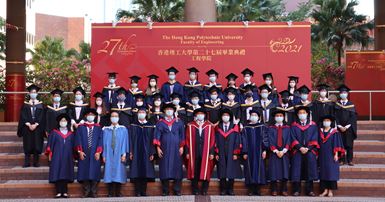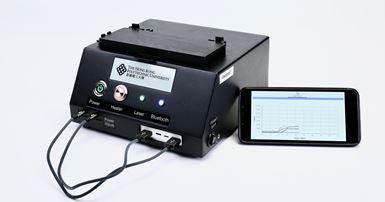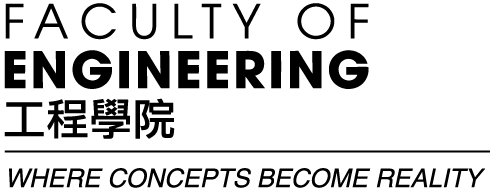News


Prof Zhang Ming and Prof Zheng Yongping Recognised as Top Two Percent Scientists Worldwide (2021)
7 Dec, 2021

The first MOOC about Interdisciplinary Innovations for Population Ageing
30 Nov, 2021

27th Graduation Ceremony
30 Nov, 2021

COVID-19 testing device exhibited in the Central Market (Tangible Stories/Form follows Innovation) from 23 Oct 2021 to 9 Jan 2022
16 Nov, 2021

Congratulations To Prof. Mo YANG Awarded General Research Fund (GRF) 2021
15 Nov, 2021
HKIE Scholarship 2019/20
29 Sep, 2021

PolyU develops groundbreaking targeted osteoarthritis pain reliever
15 Sep, 2021

Dr Xin ZHAO awarded China’s Excellent Young Scientists Fund
25 Aug, 2021

Ir Prof. Yongping Zheng invents Liverscan : a portable non-invasive system for liver fibrosis assessment
16 Aug, 2021

PolyU develops AI-based screening system for Knee Osteoarthritis
9 Aug, 2021




